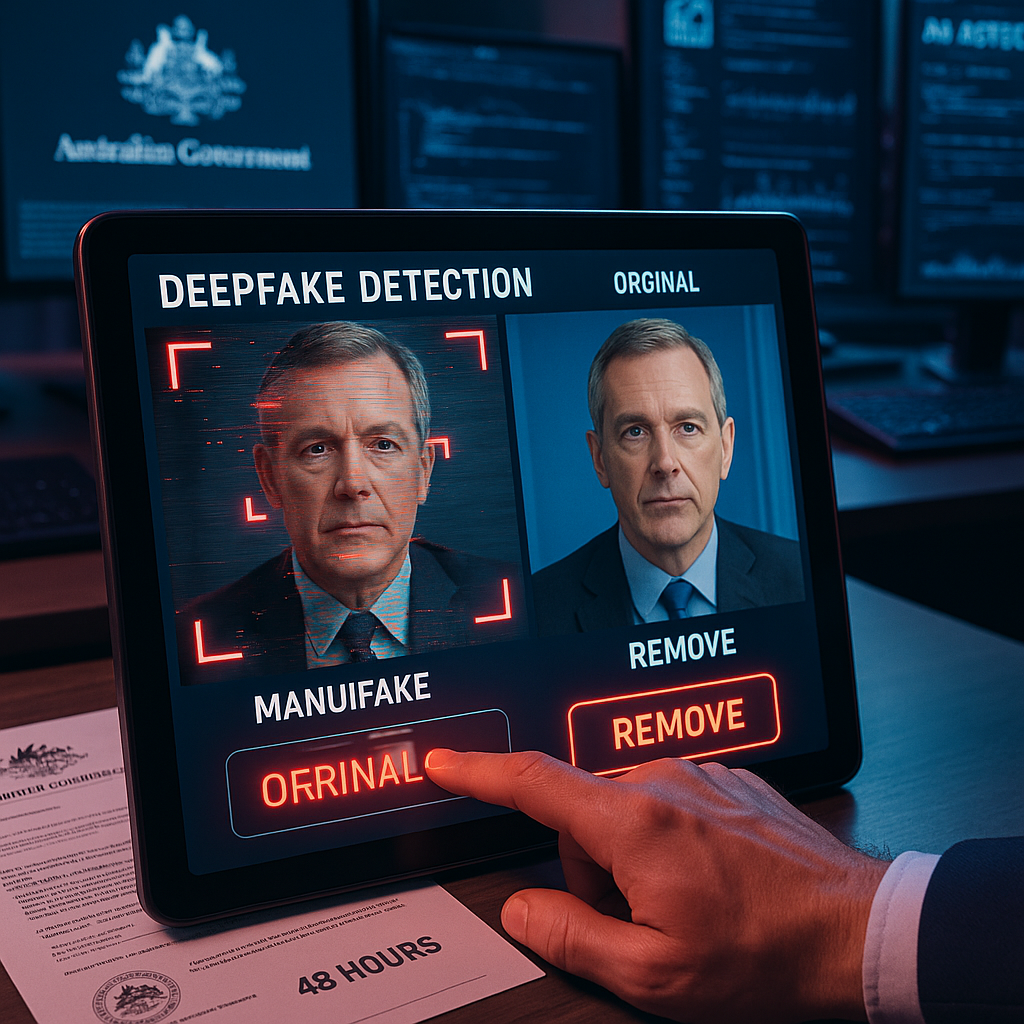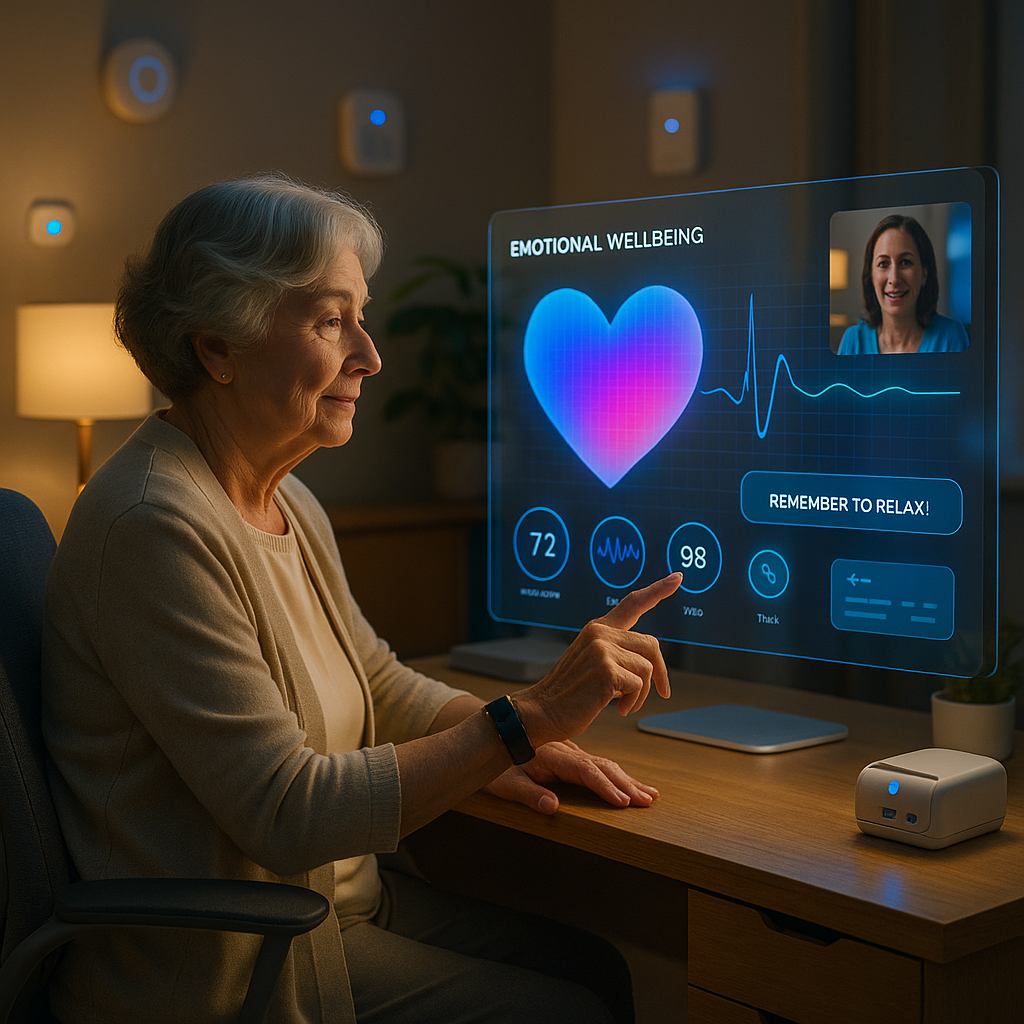Key Takeaways
Telemedicine AI is revolutionizing remote healthcare, evolving it far beyond the traditional boundaries of virtual visits. This transformation is driven by real-time diagnostics, predictive analytics, and the emerging promise of individualized treatment plans. For clinicians, healthcare decision-makers, and innovators navigating this landscape, understanding how AI bridges complex data flows (especially genomic information) with patient care is essential to unlocking true precision medicine in telehealth.
- AI elevates diagnostic accuracy in remote care: By leveraging advanced imaging analysis and data-driven algorithms, telemedicine AI detects subtle patterns in medical data that often escape human observation. This reduces misdiagnoses and enables earlier interventions, regardless of patient location.
- Real-time analytics empower proactive patient monitoring: Remote patient monitoring systems powered by AI continuously gather and process health data, enabling timely alerts, trend analysis, and rapid response to changes. This shifts the focus from reactive to proactive care, extending support even outside traditional clinical settings.
- Integrating AI with legacy systems transforms workflows: Seamless AI integration with existing healthcare infrastructures enhances interoperability. Data now flows effortlessly between remote diagnostics, electronic health records, and centralized care platforms, streamlining processes for care providers.
- Translational medicine bridges genomic data and telehealth: The combination of AI-driven genomic analysis with remote diagnostic tools enables personalized strategies that connect genetic risk factors to real-world symptoms. This convergence makes the vision of truly individualized telemedicine actionable in daily practice.
- Privacy and security remain critical for AI-powered diagnostics: As telehealth platforms amass increasingly sensitive data, safeguarding patient privacy and ensuring robust cybersecurity are fundamental to maintaining trust and compliance.
- AI personalizes treatment plans for better outcomes: Machine learning models synthesize symptoms, medical images, and genomic data to craft tailored recommendations. This facilitates a new standard of remote healthcare, with care plans that can adapt to each patient’s unique needs.
- Predictive healthcare analytics streamline clinical workflows: Today’s telemedicine AI anticipates disease progression and optimizes resource allocation, making it possible for clinicians to avert complications long before they arise.
As remote diagnostics and healthcare analytics rapidly evolve, the convergence of telemedicine AI and translational medicine represents a paradigm shift. Healthcare is becoming more proactive, preventive, and truly personalized. The following sections further explore the mechanics of these innovations, the challenges and solutions for their integration, and how they are transforming patient care across the globe.
Introduction
Where a routine virtual check-up once provided little more than a video conversation, telemedicine AI is now unlocking insights and interventions previously reserved for the world’s most advanced clinics. The blending of real-time imaging interpretation, predictive modeling, and deep genomic analysis is propelling remote healthcare far beyond its earlier limitations.
For clinicians and healthcare visionaries, the challenge is to understand how AI-powered diagnostics can interpret subtle patterns in complex data and how these systems integrate seamlessly with established health record platforms. This enables individualized treatments, rapid interventions, and proactive patient monitoring on a scale that was unimaginable just a decade ago. This journey into the fusion of telemedicine AI and translational medicine redefines precision care, setting new expectations for what remote healthcare can and should deliver.
Stay Sharp. Stay Ahead.
Join our Telegram Channel for exclusive content, real insights,
engage with us and other members and get access to
insider updates, early news and top insights.
 Join the Channel
Join the Channel
Evolution of Telemedicine AI
From Basic Remote Care to Intelligent Systems
The evolution of telemedicine has mirrored the broader arc of technological innovation. In its earliest iterations, telemedicine platforms enabled doctor-patient communication through secure video channels and basic electronic health record (EHR) access. While these tools improved access to care, their scope was limited to replicating in-person appointments.
A significant inflection point arrived between 2015 and 2017 with the introduction of machine learning algorithms. These advancements enabled features like automated patient triage, preliminary symptom assessment, and even early-stage image review. Real-world examples from healthcare leaders illustrate this change. For example, Mayo Clinic implemented AI-powered triage systems and observed a 28% reduction in unnecessary emergency department visits, showing the concrete value of intelligent automation.
Emergence of Advanced Diagnostic Tools
Modern telemedicine platforms now integrate a suite of AI-driven technologies:
- Computer vision for skin lesion and dermatological analysis
- Natural Language Processing (NLP) to interpret patient conversations and automate note-taking
- Deep learning frameworks for nuanced interpretation of X-rays, CT scans, and MRIs
- Predictive analytics for risk assessment, early warning, and population health management
This leap from simple video calls to intelligent, responsive platforms has reimagined the scope of remote healthcare. These advancements are enabling clinicians to deliver high-quality care even in resource-limited or rural environments, ensuring that the benefits of modern medicine extend further than ever before. In addition, these AI technologies are being leveraged in other sectors such as finance, where predictive analytics are used for portfolio optimization, and in environmental science, where pattern recognition aids in early detection of ecological risks.
Enhancing Diagnostic Accuracy
AI-Powered Pattern Recognition
One of the most profound impacts of telemedicine AI is its ability to identify subtle and complex patterns across diverse medical data. Advanced machine learning algorithms routinely match or exceed the accuracy of human clinicians in several domains. For instance, studies indicate that AI-assisted diagnosis achieves accuracy rates of up to 95% in detecting conditions like diabetic retinopathy or certain malignancies, surpassing traditional methods that hover around 85%.
Key advancements include:
- Rapid Image Analysis: AI can process and interpret medical images up to sixty times faster than manual reviews, drastically reducing diagnostic wait times.
- Consistent Performance: Machine learning models maintain high levels of accuracy even as patient volumes fluctuate, bypassing issues like clinician fatigue.
- Multi-Modal Integration: By merging data streams from imaging, biometrics, symptoms, and genomic testing, AI paints a holistic patient picture.
Domains outside healthcare have experienced similar AI-powered advances. In marketing, subtle shifts in consumer behavior are now detected in near real time, allowing brands to pivot strategies before trends fully emerge. In education, pattern recognition supports adaptive learning platforms that respond to student needs on an individual basis.
Real-Time Decision Support
Modern AI-driven telemedicine suites deliver real-time decision support, including:
- Automated risk stratification to prioritize urgent cases
- Evidence-based treatment recommendation engines
- Comprehensive drug interaction analysis
- Patient outcome forecasting using predictive modeling
These features enable healthcare professionals to make more informed decisions rapidly. The impact is striking—a major hospital network reported a 32% reduction in diagnostic errors after implementing AI-supported decision tools. Similar improvements have been documented in legal fields, where AI-driven contract analysis minimizes oversights, and in retail, where real-time inventory analytics prevent costly stockouts.
Translational Medicine Integration
Bridging Genomic Data with Clinical Practice
Perhaps the boldest frontier for telemedicine AI lies in the integration of genomic analysis. Modern AI systems are now capable of processing massive quantities of patient genetic data, revolutionizing the design and monitoring of individualized care plans.
This convergence enables healthcare providers to:
- Identify patient-specific drug responses and optimal therapies
- More accurately predict disease risk, guiding early intervention programs
- Develop and modify personalized treatment protocols in real time
- Monitor genetic markers for tracking disease progression and therapeutic response
These breakthroughs are not limited to medicine. In agriculture, genomic-based AI models help optimize crop yields, and in environmental science, genetic data analysis supports conservation efforts for endangered species.
Real-World Applications
The practical impact of translational medicine is visible at leading healthcare centers. Stanford Medical Center improved treatment response rates by 40% after integrating genomic analytics into their telehealth models. Their system combines patient genomic profiles with live clinical data (vital signs, imaging, reported symptoms) to dynamically optimize treatment recommendations.
Similarly, personalized medicine is expanding in fields like finance (individualizing risk models based on genetic predispositions) and sports science (maximizing athlete performance through genetics-driven training plans).
Privacy and Security Considerations
Regulatory Compliance Framework
The ascendance of AI-powered telemedicine requires healthcare organizations to align with a complex regulatory landscape:
- HIPAA Compliance: Encrypting all patient data during storage and transmission
- GDPR Requirements: Protecting the privacy of international patients
- Jurisdictional Laws: Navigating state, provincial, and national differences in telehealth and medical data protection
- FDA Guidelines: Ensuring the safety and efficacy of AI-powered medical technologies
Other industries, including fintech and online education, confront similar regulatory challenges as they integrate AI into sensitive domains.
Stay Sharp. Stay Ahead.
Join our Telegram Channel for exclusive content, real insights,
engage with us and other members and get access to
insider updates, early news and top insights.
 Join the Channel
Join the Channel
Data Protection Protocols
Telemedicine platforms are now fortified with robust, multi-layered security measures:
- End-to-end encryption safeguards all clinician-patient communications
- Blockchain technology provides immutable, auditable access logs to prevent unauthorized data use
- Federated learning trains AI models without exposing raw patient data, enhancing privacy while still enabling algorithmic improvements
- Multi-factor authentication prevents security breaches from compromised credentials
These protocols echo approaches taken in financial services and legal tech, where data confidentiality is equally critical.
Ethical AI Implementation
Beyond technical safeguards, ethical considerations shape every phase of AI integration:
- Preventing algorithmic bias to ensure equitable care
- Mandating transparency in AI recommendations (so clinicians and patients can understand how AI reaches its conclusions)
- Securing explicit, informed patient consent for AI data use
- Ensuring universal accessibility to AI-powered health innovations, bridging socioeconomic divides
A commitment to ethical design and deployment is integral across industries, whether handling patient records, consumer data, or sensitive financial details.
Healthcare Analytics and Monitoring
Predictive Analytics Applications
AI-powered analytics are radically transforming patient monitoring in telehealth:
- Early Warning Systems: Predicting clinical deterioration before symptoms escalate
- Population Trend Analysis: Tracking shifts in community health to direct intervention resources
- Resource Optimization: Anticipating demand for hospital beds, clinical staff, and medical supplies
- Patient Engagement Analytics: Monitoring adherence to care plans and customizing outreach
Beyond healthcare, predictive analytics is revolutionizing environmental monitoring (such as climate modeling), manufacturing (for preventive equipment maintenance), and retail (for dynamic demand forecasting).
Performance Metrics and Outcomes
Organizations leveraging AI-driven healthcare analytics are already seeing transformative outcomes:
- 30% lower hospital readmissions due to predictive early intervention
- 25% reductions in average patient length of stay
- 40% boosts in patient satisfaction, mirroring higher engagement and tailored communications
- 50% faster diagnosis turnaround, leading to more timely, potentially life-saving treatments
These results parallel gains in education (shortening time-to-mastery in learning platforms) and insurance (accelerating claims processing while reducing errors).
Conclusion
The rise of AI-driven telemedicine has moved remote healthcare from a marginal convenience to a formidable, intelligent force capable of delivering tailored care at scale. Today’s leading-edge platforms use machine learning, computer vision, and natural language tools to provide diagnostic and analytical rigor once limited to elite medical centers. By intertwining genomic insights with live clinical analytics, healthcare is rapidly advancing toward a reality where every patient receives precision care, regardless of geography.
Yet with this new power comes responsibility. Regulatory standards and data protections must keep pace with technological advances, ensuring the highest standards of privacy, security, and fairness. The measurable reductions in diagnostic errors, readmission rates, and time-to-treatment, alongside soaring patient satisfaction, demonstrate that AI-powered telemedicine is not just a passing trend but a profound leap forward.
The real challenge for the future is not simply to deploy these tools but to shape them thoughtfully. Healthcare’s horizon now extends beyond walls and borders; the most successful leaders will be those who champion innovation grounded in compassion, privacy, and human dignity. Looking forward, the task is clear: anticipate what’s next, not just for technology, but for the people and values it serves in a rapidly evolving world.





Leave a Reply